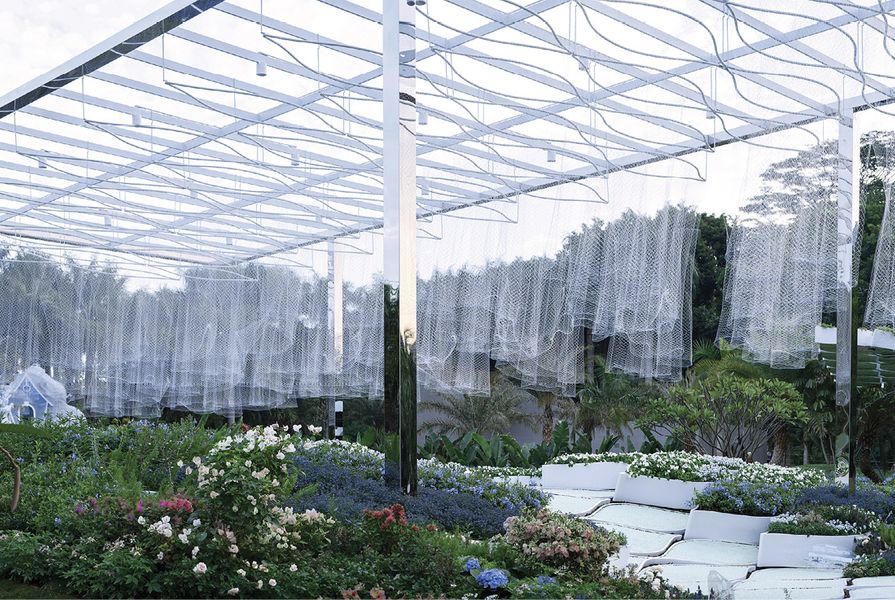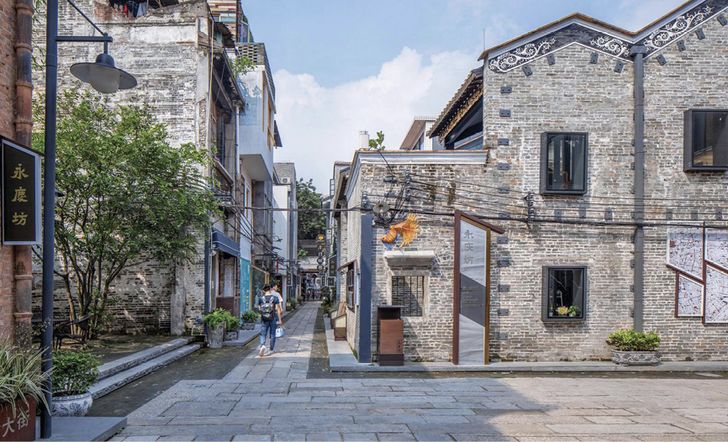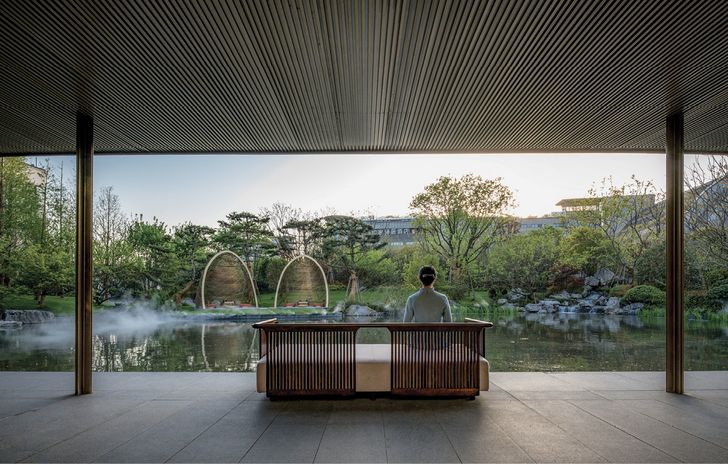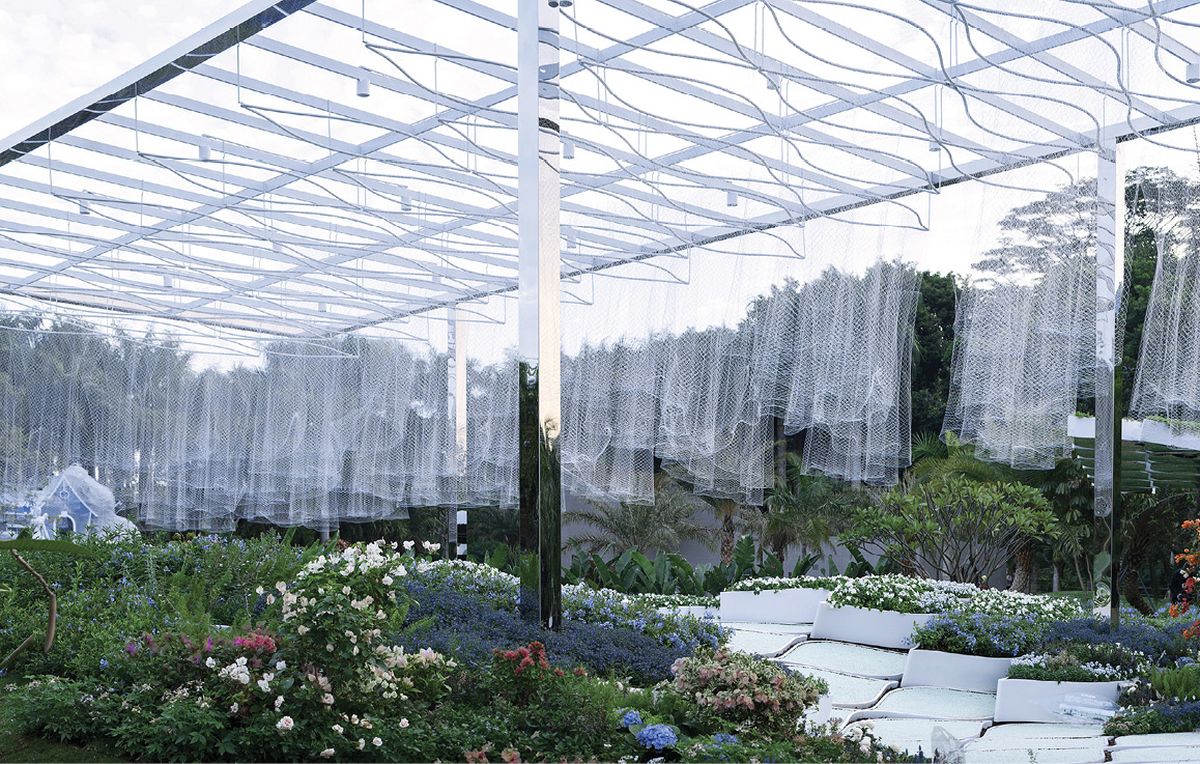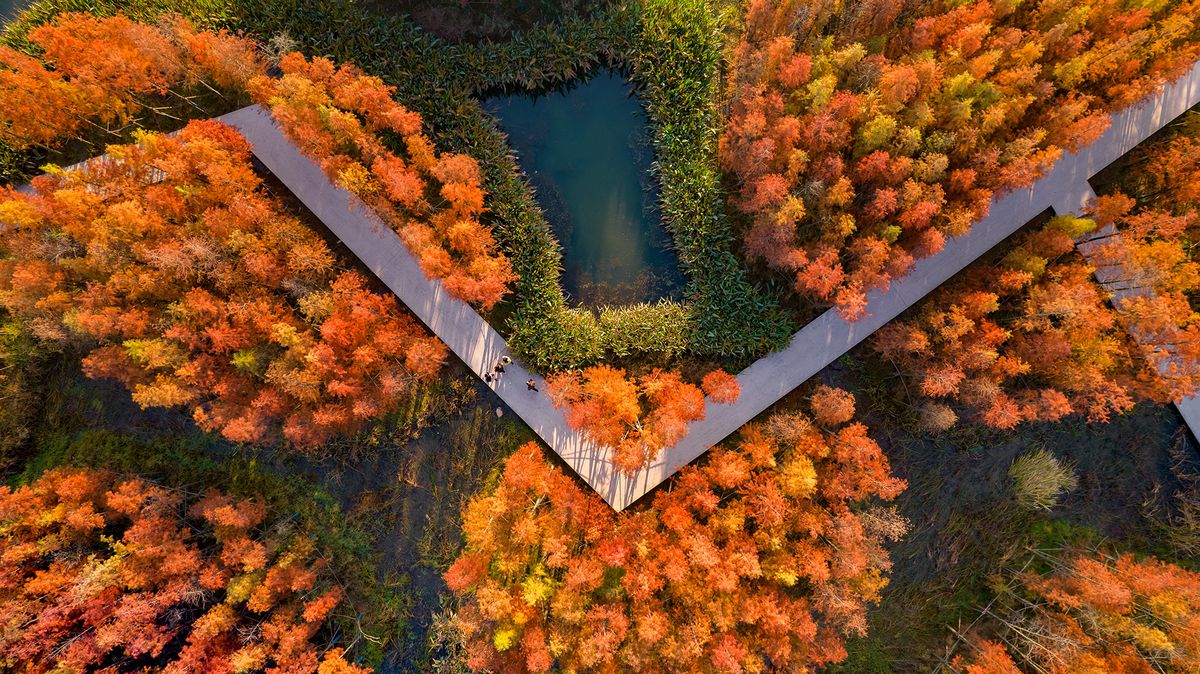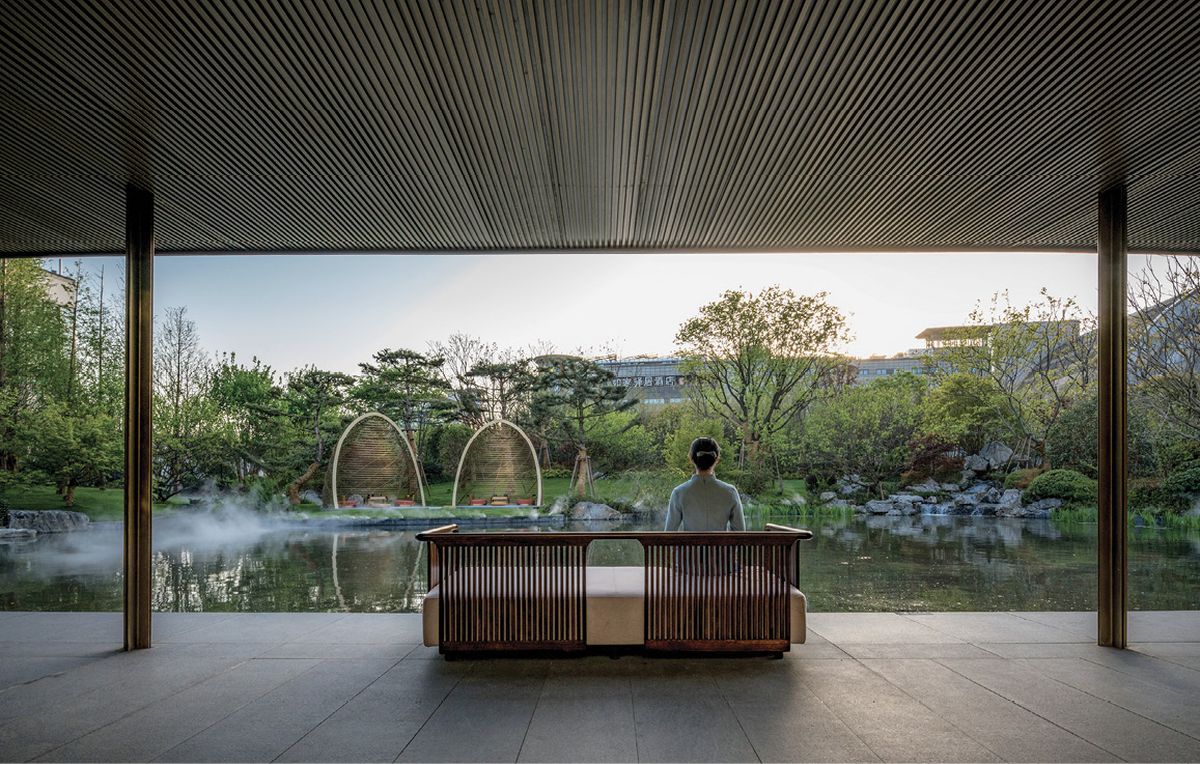In recent years, more and more young Chinese landscape architecture studios have emerged on the international stage, including Z+T Studio, Lab D+H and Atelier Scale. The emergence of these designers reflects the rising status of landscape architecture in China’s rapid urbanization. While independent small design firms are common worldwide, they are a new phenomenon in the Chinese context. This lag owes much to the People’s Republic of China’s design institutes, which first emerged in the early 1960s.1 Borrowed from the Soviet Union, this model was conceived to carry out large-scale, state-directed tasks in an organized and efficient manner. The individual identity of designers did not exist within this work structure. For students in architecture and related fields, design institutes were the only employment choice – and efficiency and hard work, rather than creativity and critical thought, were the qualities required to compete and succeed within them.2
In the era of a planned economy, these state-owned enterprises continued to dominate the design and construction stages of most projects, undertaking all fields of business from urban planning to architecture, landscape architecture to interior design, and policy to construction.3 Within this structure, the identity of landscape architecture as its own discipline was minimal (the field is considered non-essential).
A Floating Forest: Fish Tail Park in Nanchang City is a “sponge city” by Turenscape, one of the first and largest private design firms in China.
Image: Kongjian Yu, Turenscape
Since the design institute era, Chinese universities have provided landscape architects places to learn and practise, although it has remained difficult to undertake individual work because the institute model extended to universities with the expectation that all work would contribute to society. College design institutes emerged as a result; one example, Tongji Architectural Design, was established in 1958 and now comprises more than 5,000 people.4 These large-scale institutes remain a significant force in contemporary urban development. However, the original intention for teaching and research has changed: since Chinese reform and opening-up, these college design institutes must fund themselves, aim to enhance their competitiveness in the market and contribute to the college’s income.5
One positive effect of the market economy has been the accelerated privatization of design institutes. Most have been transformed into joint-stock small-unit operations (SUOs) of 20 to 30 people, with independent funding and external management. Additionally, professional categories are now divided into specialized units, one of which includes landscape architecture. But as a result of accumulated bureaucracy and bottom-up systemic change, design institutes remain giant urban space production machines. Institutes rely on long-term market relations ( guanxi ) and geographical advantages to compete, maintain reputations and wield influence through cooperation with well-known international firms. As a result, their designers still face stylized, mechanistic design processes that facilitate neither independent thinking and creativity nor responsivity to local and cultural demands.
Lab D+H’s design for Yongqing Fang Alleyways avoids relocating the original residents and focuses on the activation of existing resources.
Image: Arch-Exist
With the progress of China’s globalization, an increasing number of landscape architects who studied overseas have returned to China to offer a new approach to landscape architecture driven by individual practice or academic position. Yu Kongjian’s studio Turenscape is one of the best known. His concepts of eco-landscape, “sponge city” and nature-based solutions have helped the landscape architecture discipline gain independence in China and, at times, even taken precedence over planning and architecture. In addition to Turenscape, a boom of landscape companies initiated by one or two directors arose in the early twenty-first century, such as Ecoland (Chen Yuezhong), L&A Group (Li Baozhang) and Beijing East Design (Li Jianwei). These firms have now developed into large enterprises with hundreds of employees, and they design residential and commercial landscapes for private developers and municipal landscapes for governments. This wave has dramatically enhanced and promoted the status of these landscape leaders and enterprises in the design industry and, more broadly, in government and society.
Chinese university academic leaders have also emerged in landscape design practice, setting up independent studios that combine traditional Chinese garden philosophies with international perspectives. For example, Zhu Yufan, a professor at Tsinghua University, has advanced the design theory and method of “three relationships,” aiming to integrate traditional Chinese culture into the practice of landscape architecture in complex contemporary cities.6 Meng Zhaozhen (1932–2022), a professor at Beijing Forestry University, was a respected authority in traditional Chinese gardens and the only member of the Chinese Academy of Engineering in the field of landscape. These eminent leaders not only pass on the knowledge of traditional Chinese gardens but use their practical works to guide young designers, especially those with study or work experience overseas. They are highly influential in educating a new generation about how to explore and practise contemporary landscape architecture with a more pluralistic and inclusive attitude in the Chinese context.
In his work, Zhu Yufan seeks to infuse traditional Chinese culture into landscape architecture in the context of contemporary cities.
Image: Zoomarch
Increasingly, severe issues – rapid urbanization, climate change, car-dominated cities, localism, spatial justice – inspire the emergence of smaller-scale design practices. Small studios such as Z+T Studio, Lab D+H and Atelier Scale allow employees to express specific design philosophies and attitudes. Compared with institutes and large companies, these guerrilla-like studios are rooted in community or urban public spaces, where they test ideas through direct interaction with users. This practice model makes them flexible and dynamic, and their specific practice identities are of great academic and social value to the emerging discipline of landscape architecture.
In short, over the last two decades, the identity and authorship of China’s landscape architects have undergone a dramatic transformation. A silent discipline embedded within state-controlled design institutes now comprises a diverse set of ideas, attitudes and knowledge emerging from large landscape companies, experts in traditional Chinese gardens and independent design studios. An increasing number of Chinese design institutes and landscape companies realize the importance of cultivating local design voices, which should provide opportunities for a new generation eager to challenge and innovate.
1. Q. L. Xue, “ 中国特色的建筑设计院 ,” (“Design Institute with China’s Characteristics”), 2004, Time and Architecture , vol. 01, 27–31.
2. Q. L. Xue, “ 中国特色的建筑设计院 ,” 2004.
3. J. F. Zhu, Forms and Politics: An Approach to Thinking in Architecture: Collection of Essays 1994–2014 (Tongji University Press: 2018).
4. Q. L. Xue, “ 中国特色的建筑设计院 ,” 2004.
5. The Chinese reform and opening-up refers to the program of economic reforms termed “Socialism with Chinese characteristics” and “Socialist market economy” in the People’s Republic of China (PRC) led by Deng Xiaoping, the then-president of China. This reform included two stages: the first took place in the late 1970s and early 1980s, and involved the decollectivization of agriculture, the opening up of the country to foreign investment and the giving of permission to entrepreneurs to start businesses. The second stage of reform unfolded over the late 1980s and 1990s, and involved the privatization and contracting out of many state-owned industries.
6. M. F. Lin, “ 当代中国景观设计的思想演进与创作实践研究 ,” (“Research on the Thought Evolution and Creation Practices of Contemporary Chinese Landscape Architecture”), PhD dissertation, 2014, Dalian University of Technology.
Source
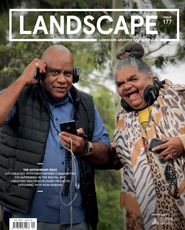
Practice
Published online: 8 Feb 2023
Words:
Ruiqi Shen
Images:
Arch-Exist,
Kongjian Yu, Turenscape,
Nancy Studio,
Zoomarch
Issue
Landscape Architecture Australia, February 2023

